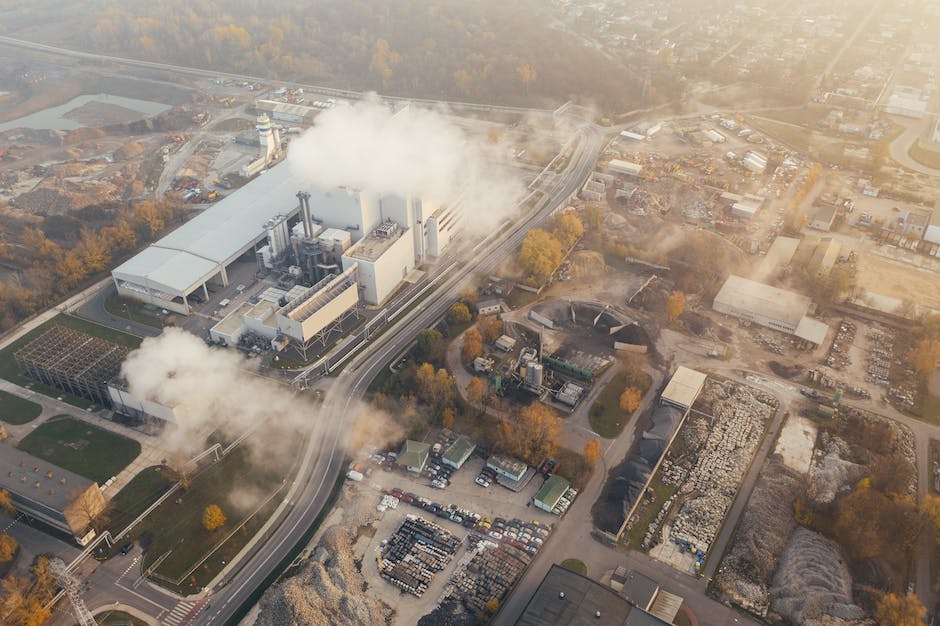The Challenge of Air Travel and Carbon Emissions
As a travel writer, I’m passionate about exploring the world and sharing my experiences with others. But I also understand that air travel has a significant impact on the environment, and that something needs to be done to reduce the carbon emissions released into the atmosphere.
The International Air Transport Association (IATA) states that aviation accounts for about two percent of global carbon emissions. That doesn’t sound like a huge amount, but it is enough to make a difference if all of us work together.
Taking Steps to Reduce Carbon Emissions
There are a number of steps that airlines and passengers can take to reduce the amount of carbon emissions produced through air travel.
Airlines can switch to using cleaner fuels, or research and invest in new technologies that reduce emissions. They can also look at ways to reduce aircraft weight, and optimize flight paths.
At the same time, passengers can also make a difference. We can use direct flights when possible, as these will use less fuel than connecting flights. We can also fly economy class, which uses less fuel than business class. Additionally, if we are flying for leisure, we can look for alternative transport options such as trains or buses.
Making Carbon Offsets Part of Travel Planning
When it comes to reducing carbon emissions, there are also options for travelers who want to take responsibility for their environmental impact.
One way to do this is to look into carbon offsets, which involve paying a fee to support projects that help to reduce carbon emissions. This can include investing in renewable energy sources such as wind or solar power, or protecting forests to help absorb carbon dioxide.
Most major airlines now offer carbon offset programs, and there are also third-party companies that provide carbon offset programs for travelers. It’s important to do your research before selecting a program, and make sure that the money is going to a legitimate project.
The Benefits of Reducing Carbon Emissions
While reducing carbon emissions through air travel is an important step in preserving our environment, there are other benefits as well.
By reducing emissions, we can also help to reduce air pollution, which can lead to improved air quality and a healthier environment for us all. In addition, reducing emissions can also help to preserve our planet’s natural resources, and help to protect wildlife and biodiversity.
Conclusion
Air travel is an important part of our lives, and it has the potential to be an even bigger part of our lives in the future. But it is important to remember that air travel can also have a significant environmental impact.
We can all take steps to reduce our carbon emissions, both as passengers and as airlines. We can look for cleaner fuels and technologies, fly economy class, use direct flights, and invest in carbon offset programs.
Reducing carbon emissions through air travel is a challenge, but by working together, we can make a difference.
Thank you for reading my blog post about reducing carbon emissions through air travel. If you have any questions or comments, please feel free to reach out.




